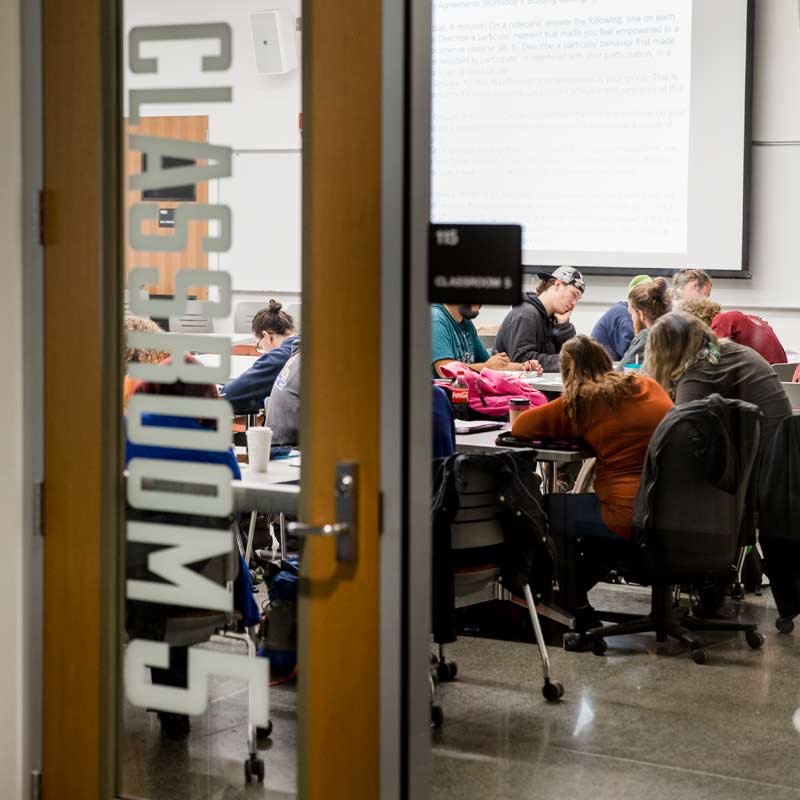Assessing Learning in Learning Communities
A great strength of learning communities is their potential to foster integrative and interdisciplinary learning, an essential skill in education and the workplace. The American Association of Colleges & Universities (AACU) names “integrative and applied learning” as one of four essential learning outcomes.
Early conversations about LCs focused at a macro-level on what courses could be combined. A slight shift in focus, to the actual substance of what students are learning in LCs, led to the development of this heuristic for designing integrated learning. Widespread use of the heuristic, and multiple variations of it, began to highlight the importance of good assignment design.
In 2006, the Washington Center organized an action research project in partnership with Veronica Boix-Mansilla (Principal Investigator, Project Zero, Harvard Graduate School of Education). The National Project on Assessing Learning in Learning Communities (2006-2008) brought together 22 two- and four-year institutions to design integrative/interdisciplinary assignments using this definition of interdisciplinary understanding, by Boix-Mansilla. Project participants used the Collaborative Assessment Protocol for Looking at Student Work to assess students’ responses to these assignments.
When Faculty Assess Integrative Learning reports on the project. So too, does this special issue of the Journal of Learning Communities Research.

